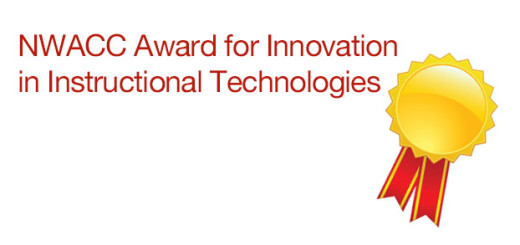Avoiding Plagiarism
Description:
Plagiarism is the practice of using another person’s words or ideas without providing proper credit and presenting them as one’s own work.
Purpose:
Understanding and avoiding plagiarism will improve the quality of student’s writing and avoid academic dishonesty and fraud.
Procedure:
- Keep track of and document all sources used.
- Keep your notes, sources, and writing separate to avoid accidentally using uncited content.
- Cite your sources. Anything that is not common knowledge or your own ideas requires a citation. When in doubt, cite it.
- Use quotations for any words or phrases pulled directly from the source.
- Paraphrasing must be cited. Paraphrasing changes the words and sentence structure of source material, but not the idea.
- Make clear distinctions between your own ideas and your source’s.
- Material from your own past work must also be cited to avoid self-plagiarism.
- Use a plagiarism checker to compare your work against existing sources.
Considerations:
- Plagiarism is not limited to text. Using media such as images, video, and music without providing credit also constitutes plagiarism.
- Common knowledge, information generally known by the reader, does not require citation.
Level: Beginner
Resources:
- “Avoiding Plagiarism.” A Research Guide for Students. A Research Guide, 2014. Web. 30 June 2016. <http://www.aresearchguide.com/6plagiar.html>.
- http://www.plagiarism.org/
- http://en.writecheck.com/ways-to-avoid-plagiarism/
- https://owl.english.purdue.edu/owl/resource/589/1/


